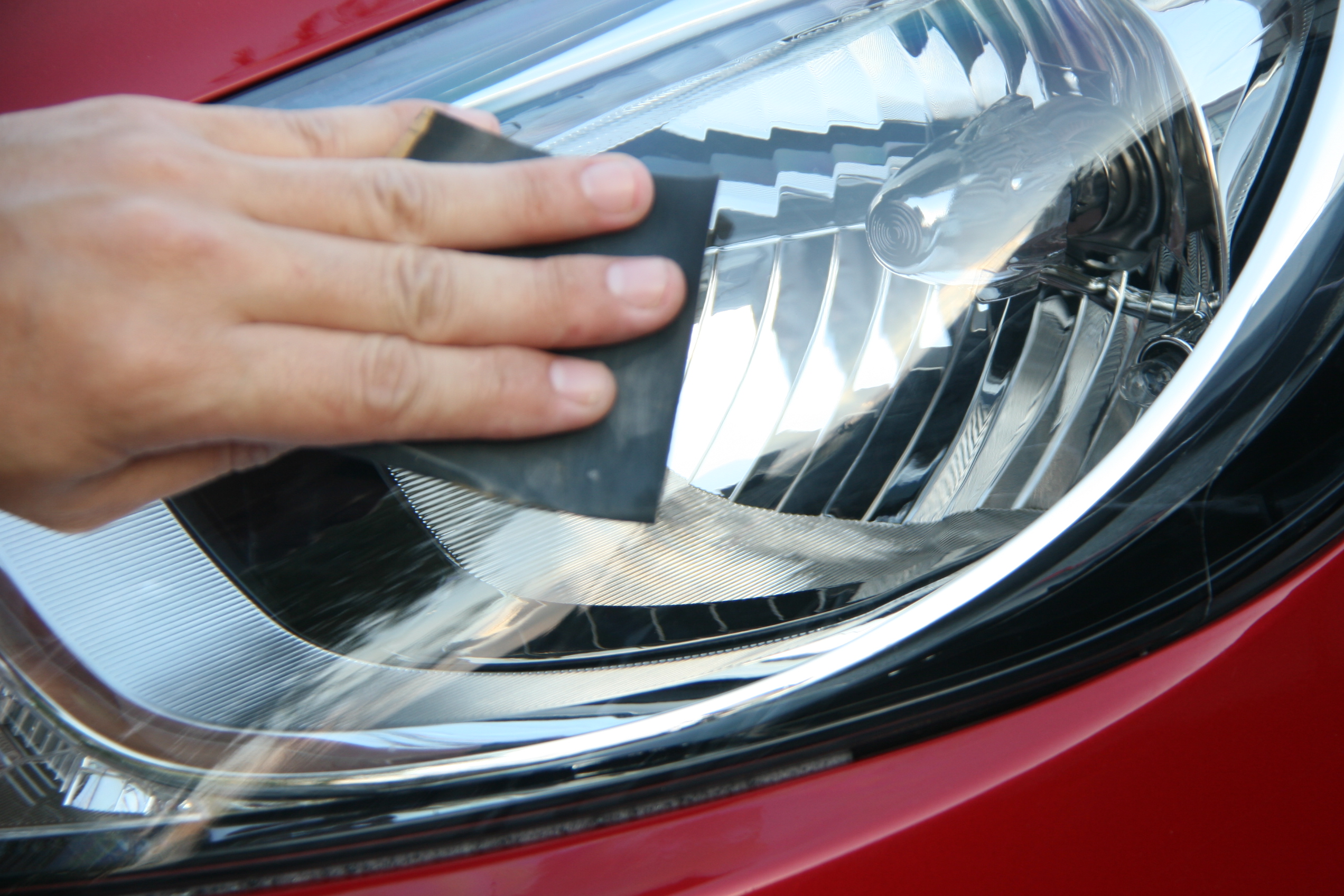The 6-Minute Rule for Hikari Led Headlight
Table of ContentsThe smart Trick of Hikari Led Headlight That Nobody is DiscussingThe smart Trick of Hikari Led Headlight That Nobody is Talking AboutWhat Does Hikari Led Headlight Mean?

US legislators faced pressure to act, due both to lighting efficiency and to car aerodynamics/fuel savings. High-beam peak intensity, topped at 140,000 candela per side of the automobile in Europe, was limited in the United States to 37,500 candela on each side of the vehicle up until 1978, when the limitation was raised to 75,000.
As of 2010 halogen sealed beams control the sealed-beam market, which has actually declined steeply considering that replaceable-bulb headlamps were permitted in 1983 - hikari led headlight. High-intensity discharge (HID) systems appeared in the early 1990s, initially in the BMW 7 Series. 1996's Lincoln Mark VIII was an early American effort at HIDs, and was the only automobile with DC HIDs.
Headlamps were round for several years, since that is the native shape of a parabolic reflector. Using principles of reflection, the basic symmetric round reflective surface area jobs light and helps focus the beam. European (leading) and United States (bottom) headlamp configurations on a Citron DS There was no requirement in Europe for headlamps of standardized size or shape, and lamps could be created in any sizes and shape, as long as the lights satisfied the engineering and efficiency requirements consisted of in the appropriate European safety standards.
They were prohibited in the United States where round lights were needed up until 1975. Another early headlamp styling idea involved conventional round lamps faired into the vehicle's bodywork with aerodynamic glass covers, such as those on the 1961 Jaguar E-Type, and on pre-1967 VW Beetles. Headlight style in the U.S.
In 1940, a consortium of state motor vehicle administrators standardized upon a system of two 7 in (178 mm) round sealed beam headlamps on all vehiclesthe only system enabled 17 years. Nevertheless, the Tucker 48 included a specifying "cyclops-eye" function: a 3rd center-mounted headlight connected to the automobile's steering mechanism.
A system of four round lights, instead of two, one high/low and one high-beam 5 34 in (146 mm) sealed beam on each side of the lorry, was presented on some 1957 Cadillac, Chrysler, DeSoto, and Nash models in states that allowed the new system. Separate low and high beam lights eliminated the requirement for compromise in lens design and filament positioning required in a single system.
8 Simple Techniques For Hikari Led Headlight
The four-lamp system allowed more style versatility and improved low and high beam efficiency. Car stylists such as Virgil Exner performed style research studies with the low beams in their traditional outboard area, and the high beams vertically stacked at the centerline of the car, but no such styles reached volume production.
The Nash Ambassador used this arrangement in the 1957 design year. Pontiac utilized this style beginning in the 1963 design year; American Motors, Ford, Cadillac, and go now Chrysler followed 2 years later on. Also in the 1965 model year, the Buick Riviera had actually concealable stacked headlamps. Different Mercedes models offered in America used this arrangement since their home-market replaceable-bulb headlamps were prohibited in the United States.
British cars including the Gordon-Keeble, Jensen CV8, Victory Vitesse, and Bentley S3 Continental used such an arrangement as well (hikari led headlight). In 1968, the freshly started Federal Motor Car Safety Standard 108 needed all lorries to have either the twin or quad round sealed important site beam headlamp system, and restricted any ornamental or protective aspect in front of an operating headlamp.
This made it tough for cars with headlamp configurations designed for excellent aerodynamic performance to attain it in their US-market setups. When FMVSS 108 was amended in 1974 to permit rectangular sealed-beam headlamps, these were placed in horizontally arrayed or vertically stacked pairs. By 1979, most of brand-new automobiles in the US market were equipped with rectangle-shaped lamps. [] As formerly with round lights, the United States allowed just two standardized sizes of rectangular sealed-beam light: A system of 2 200 by 142 mm (7.
6 in) high/low beam units representing the existing 7-inch round format, or a system of four 165 by 100 mm (6. 5 by 3. 9 in) systems, two high/low and 2 high-beam. representing the existing 5 34 in (146 mm) round format. In 1983, approving a 1981 petition from Ford Motor Business, the US headlamp policies were modified to allow replaceable-bulb, nonstandard-shape, architectural headlamps with aerodynamic lenses that might for the first time be made of hard-coated polycarbonate.
These composite headlamps were in some cases referred to as "Euro" headlamps, since aerodynamic headlamps prevailed in Europe. Though conceptually comparable to European headlamps with non-standardized shape and replaceable-bulb building, these headlamps conform to the headlamp style, building and construction, and efficiency specifications of United States Federal Automobile Safety Requirement 108 rather than the internationalized European safety requirements utilized outdoors North America.
Surprise headlamps were presented in 1936, on the Cord 810/812. They were mounted in the front fenders, which were smooth my explanation until the lights were cranked outeach with its own little dash-mounted crankby the operator. They assisted aerodynamics when the headlamps were not in usage, and were amongst the Cord's signature style functions.
Hikari Led Headlight Things To Know Before You Buy
Some concealed headlamp designs, such as those on the Saab Sonett III, utilized a lever-operated mechanical linkage to raise the headlamps into position. Throughout the 1960s and 1970s numerous significant sports cars utilized this function such as the Chevrolet Corvette (C3), Ferrari Berlinetta Boxer and Lamborghini Countach as they permitted low bonnet lines but raised the lights to the required height, however because 2004 no contemporary volume-produced vehicle models use hidden headlamps, due to the fact that they present problems in abiding by pedestrian-protection arrangements added to international auto security guidelines regarding protuberances on automobile bodies to reduce injury to pedestrians struck by cars and trucks.